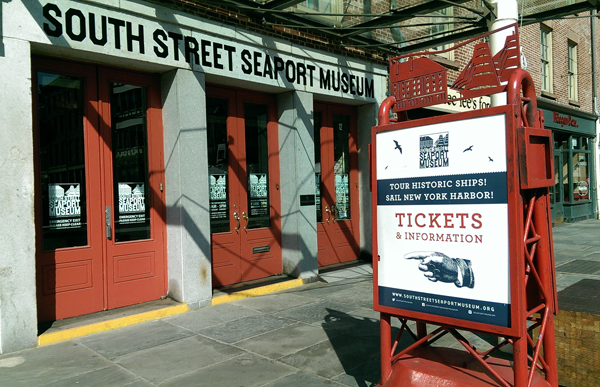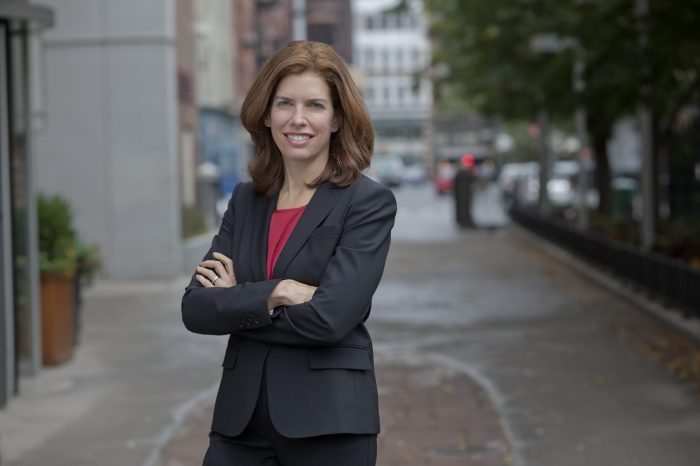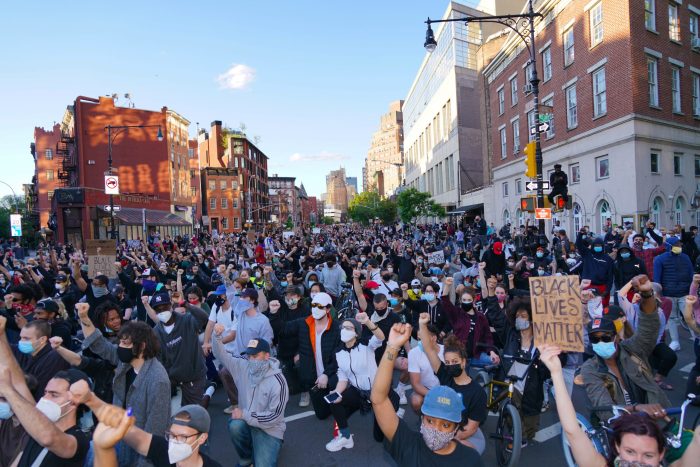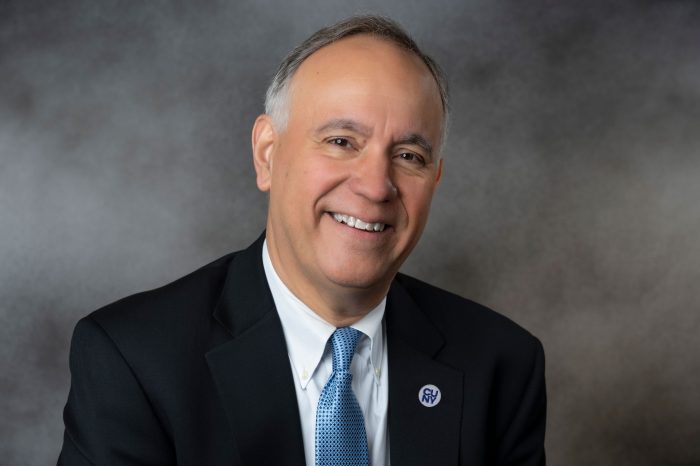By Anne Beaumont
It’s easy to forget, when you work and live in Manhattan, that you’re on an island – that ours is a seafaring city with seafaring roots. The South Street Seaport Museum recognizes that fact and preserves it for millions of New Yorkers and visitors from around the world, and for people like me who long to preserve the city’s and humanity’s connections to the sea. For more than fifty years, the Museum has been the beating heart of the Seaport community.
A few weeks ago, along with many people downtown, I heard that once again the Museum is at real risk of closure. This isn’t the first time the Museum has foundered. The Museum has suffered from several strokes of very bad luck, from September 11 to the Great Financial Crisis to Superstorm Sandy. Now, as a result of the COVID-19 pandemic, the situation is more dire than ever before.
The Museum’s leadership has a plan to save the Museum. I am announcing my support of the Museum’s plan, because I believe I am uniquely positioned to appreciate its importance. After all, I am one of the founders of what is now known as “Save Our Seaport.”
I am a busy lawyer by day, and the Museum and its ships are my inspiration and respite. They are so important to me that in 2010, after several years of volunteering as crew on the schooner Pioneer, I moved to the Seaport neighborhood to be closer to the community I had found at the Museum.
Only a few months later, on a cold and rainy Friday in April 2011 – one of those raw spring nights that leave you wondering if winter will ever really end – I invited some friends – shipmates from the Museum’s schooners Pioneer and Lettie G. Howard – over to my apartment on Pearl Street in the South Street Seaport Historic District, where we commiserated about the sad state of affairs at the Museum. A tumultuous few months had left some of our crew out of work, and the Museum closed and yet again on the brink of collapse. With the Museum’s future deeply uncertain, we feared our beloved ships could be lost.
Over the course of the evening, our commiseration led to action, and we launched what was originally called “Save Our Ships,” whose goal from the start was to protect the Museum’s iconic ships which we loved. We wanted to save the Museum to save our community.
That organization which my friends and I founded in my living room has shifted over the years, and with an acute case of mission creep, “Save Our Seaport” has now focused more on the fate of the utterly unhistoric surface parking lot at 250 Water Street than on the fate of the Museum which was the very reason for its founding.
The South Street Seaport Museum is what sets the Seaport apart from every other neighborhood in the city. It is literally, in the words of the Museum’s tagline, “where New York begins.”
In an ideal world, the Museum would generate unlimited resources of its own to flourish without outside help. Of course, the real world is far more complicated, as the Museum has learned again and again.
But the choice before us now is a simple one, if the priority is – as it is for me now and as it once was for Save Our Seaport – to preserve the Museum.
I would rather live with the construction of a new, mixed-use development at 250 Water Street than live without the Museum. Let’s get to work and truly “Save Our Seaport” by doing what is possible and necessary to save the South Street Seaport Museum.
Anne Beaumont is a founder of Save Our Seaport and a CB1 resident.


















